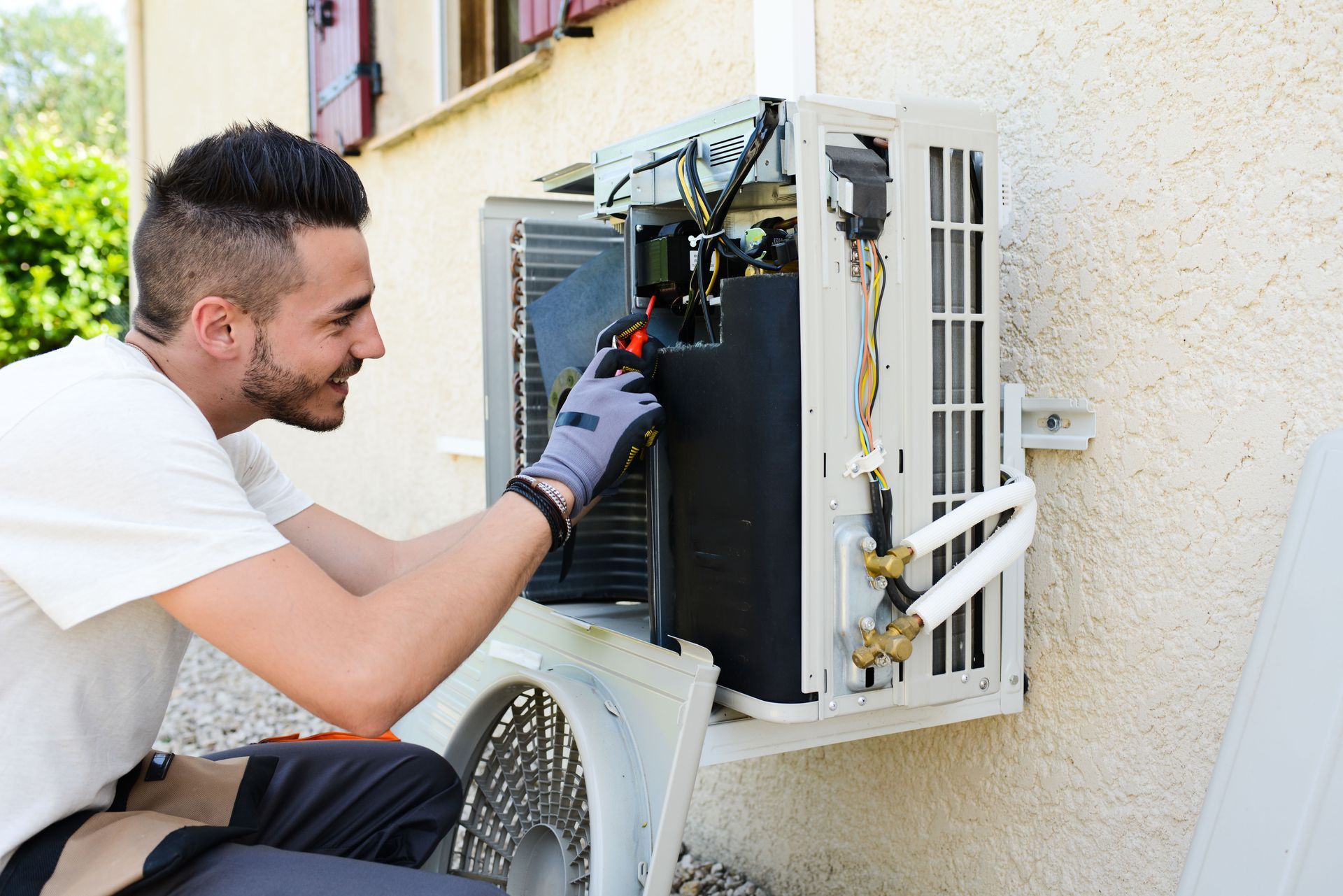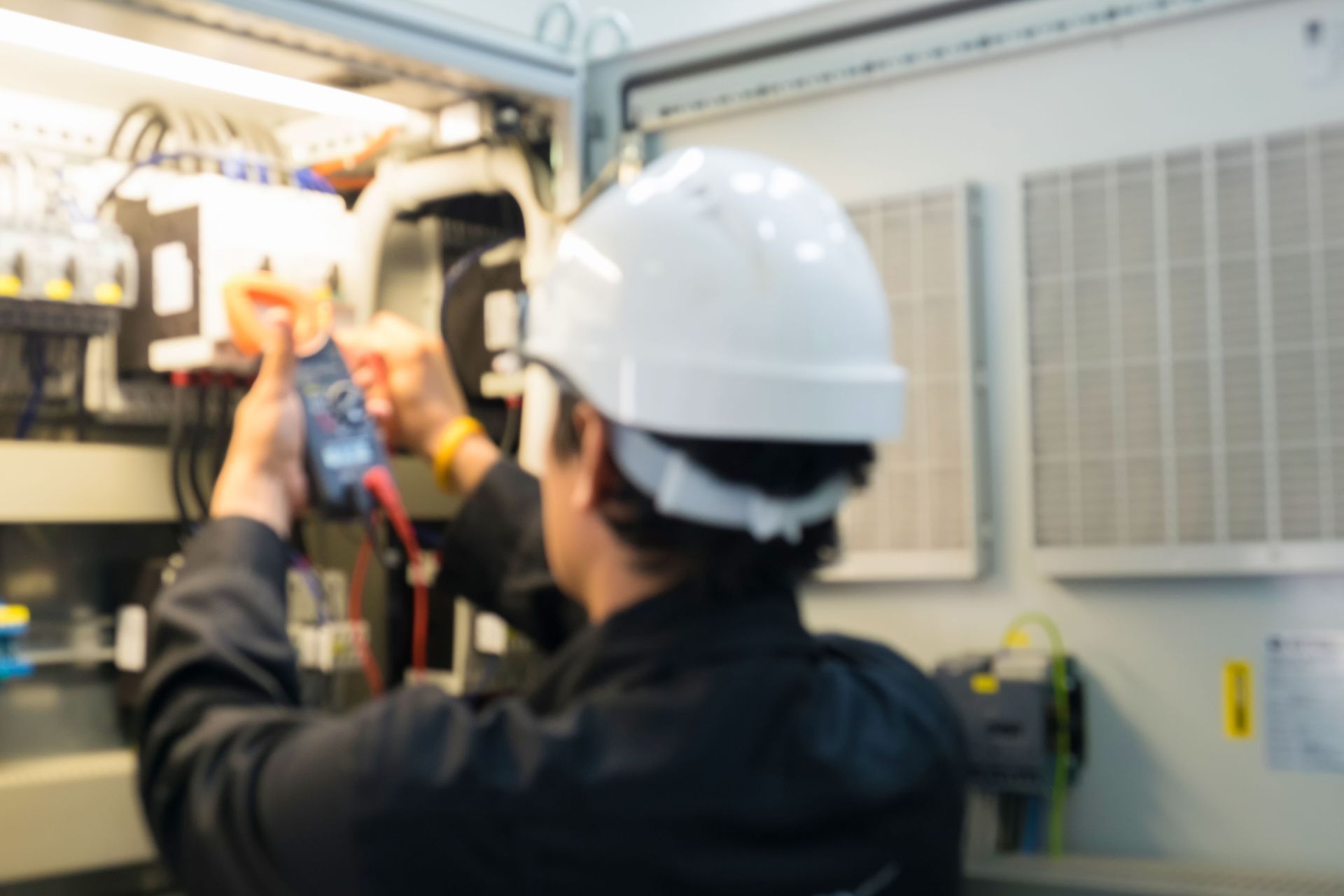September 18, 2025
Businesses that overlook the condition of their electrical systems risk unexpected downtime, expensive repairs, and serious safety hazards. Investing in regular electrical services plays a crucial role in preventing these issues and maintaining smooth operations. Preventative maintenance not only mitigates financial risks but also enhances overall workplace safety and system reliability. By prioritizing consistent electrical services, business owners can secure long-term benefits and ensure their systems operate efficiently and safely.
Implementing Preventative Electrical Maintenance
Preventative electrical maintenance refers to the proactive and routine care of electrical systems to ensure their smooth operation. This approach involves scheduled inspections and servicing of electrical equipment and infrastructure. The primary goal is to prevent potential failures and extend the lifespan of the machinery. Unlike reactive maintenance, which addresses problems after they occur, preventative maintenance aims to stop issues before they arise. This foresight minimizes disruptions and maintains a consistently safe and reliable electrical environment.
The concept extends beyond merely fixing problems; it’s about preserving the system's health. Activities such as inspecting circuit breakers, analyzing electrical loads, and thermal imaging are part of the process. By engaging in regular upkeep, businesses can spot issues while they are still minor and less costly to rectify. This not only saves money but also upholds safety regulations and ensures operational efficiency. Ultimately, preventative maintenance is a strategic approach to asset management, forecasting potential future needs, and risks.
Maintenance tasks should be customized to each system’s unique features and the demands placed upon it, ensuring optimal performance. Factors such as equipment age, usage intensity, and industry standards help determine the appropriate frequency and type of electrical services required. Developing a preventative maintenance plan involves a thorough understanding of both technical specifications and operational needs. By combining these considerations into a cohesive strategy, businesses can strengthen their electrical systems, reduce the risk of unexpected failures, and maintain smoother operations.
Comparing Corrective and Preventative Maintenance Approaches
Corrective and preventative maintenance are two fundamentally different approaches to managing electrical systems. Corrective maintenance is reactive, involving repairs and replacements after a failure has occurred, often leading to significant downtime and costs. Conversely, preventative maintenance takes a proactive stance, with structured activities aiming to prevent failures before they happen. This approach not only reduces downtime but also lessens the wear on components, making operations more efficient.
The key distinction between maintenance types lies in timing and approach, with preventative maintenance being scheduled, while corrective actions respond only after a problem arises. Businesses that rely primarily on corrective measures often incur higher repair costs and face greater safety risks. By investing in regular preventative electrical services, companies experience fewer system failures and enjoy extended equipment lifespans. This proactive strategy not only maintains operational stability but also ensures compliance with safety and regulatory standards.
Implementing an effective maintenance strategy requires understanding the types and impacts of failures common in electrical systems. Preventative measures, such as regular inspections and condition monitoring, help avoid the complete deterioration of components. Corrective actions, when necessary, are then more manageable and less costly. Businesses should aim for a balance, with emphasis on preventative strategies to optimize performance and minimize risks.
Reducing Costs Through Preventative Repairs
Engaging in preventative electrical maintenance offers significant cost-saving opportunities by reducing the need for extensive repairs. By addressing issues before they escalate, businesses avoid the expensive repairs associated with severe system failures. Regular maintenance tasks, though requiring initial investment, ultimately save money by diminishing the frequency and severity of repair needs. Companies often find that the cost of these regular checks is far outweighed by the savings from prevented issues.
The reduced need for emergency repairs also translates into lower operational disruptions, which can be costly in terms of productivity and revenue loss. A well-maintained electrical system means fewer production halts, allowing businesses to continue operations smoothly. With the proactive identification of potential problems, businesses can plan maintenance at convenient times, minimizing impact on operations. This foresight avoids costly downtimes, thereby conserving operational budgets and enhancing financial stability.
Preventative maintenance offers businesses greater budgetary predictability by ensuring consistent upkeep costs instead of unpredictable emergency repairs. Through structured maintenance schedules, companies can plan expenditures and allocate resources with confidence, avoiding the disruption of sudden defects. Partnering with trusted providers of electrical services helps maintain this stability, keeping systems reliable while controlling costs. Ultimately, consistent investment in maintenance not only saves money but also strengthens financial planning and supports long-term cash flow management.
Extending the Lifespan of Electrical Equipment
Regular preventative maintenance plays a crucial role in extending the lifespan of electrical equipment, leading to further financial benefits. When components are maintained and serviced routinely, they tend to function better and last longer. This extension of equipment lifespan significantly delays the need for costly replacements, allowing businesses to get more value from their existing assets. Well-maintained equipment is less likely to encounter premature wear and tear, ultimately reducing long-term capital expenditure. Businesses that invest in maintenance as a strategic tool can leverage these cost savings to improve their bottom line.
Extending the lifespan of electrical equipment through preventative care creates substantial long-term savings that positively influence a business’s financial health. These savings allow companies to redirect resources into valuable areas such as research and development, employee training, or advanced technology upgrades. By leveraging professional electrical services, businesses not only preserve their assets but also foster innovation and sustainable growth, strengthening their competitive edge. Furthermore, reducing the frequency of equipment replacements enhances environmental responsibility, aligning operational efficiency with eco-friendly practices.
Moreover, when equipment is kept in optimal condition, the risk of catastrophic failures is significantly reduced. This risk management further contributes to financial stability by preventing costly emergency interventions and associated losses. Through regular updates on equipment status, businesses remain informed about potential issues and prepare accordingly. Preventative maintenance thus becomes a strategic tool not only for extending equipment lifespan but also for achieving broader business objectives.
Enhancing Safety and Ensuring Compliance
Regular preventative maintenance is critical in reducing the risk of electrical fires, which can have devastating consequences for businesses. Electrical fires pose a significant safety hazard, potentially resulting in loss of life, property damage, and operational disruptions. According to Cleanfax, there are an estimated 33,000 commercial electrical fires annually in the United States, emphasizing the importance of proactive risk management. Maintenance enhances safety by addressing potential hazards such as overloaded circuits, faulty wiring, and overheating components.
Implementing disciplined maintenance schedules allows for timely identification and rectification of potential fire hazards. Businesses can engage in activities such as thermal imaging to detect overheating components before they escalate into fires. Additionally, replacing worn-out insulation and ensuring proper ventilation helps prevent conditions conducive to fires. The commitment to fire prevention through maintenance not only protects lives but also preserves business assets and operations.
A proactive approach toward fire risk management supports compliance with local fire codes and safety accreditation standards. Demonstrating active risk reduction measures through maintenance bolsters a business’s standing with regulatory bodies. This compliance not only avoids potential penalties but also provides opportunities for favorable insurance terms. By prioritizing maintenance and adhering to safety regulations, businesses protect themselves against liability and legal challenges.
Preventative maintenance is a critical investment that helps businesses safeguard their electrical systems against costly breakdowns and safety hazards. By partnering with trusted providers of professional electrical services, companies can ensure consistent performance, compliance, and long-term financial stability. Ultimately, making preventative care a priority strengthens both daily operations and overall business resilience. If you need preventative maintenance performed on your business' electrical systems, contact Slater Electric LLC.




